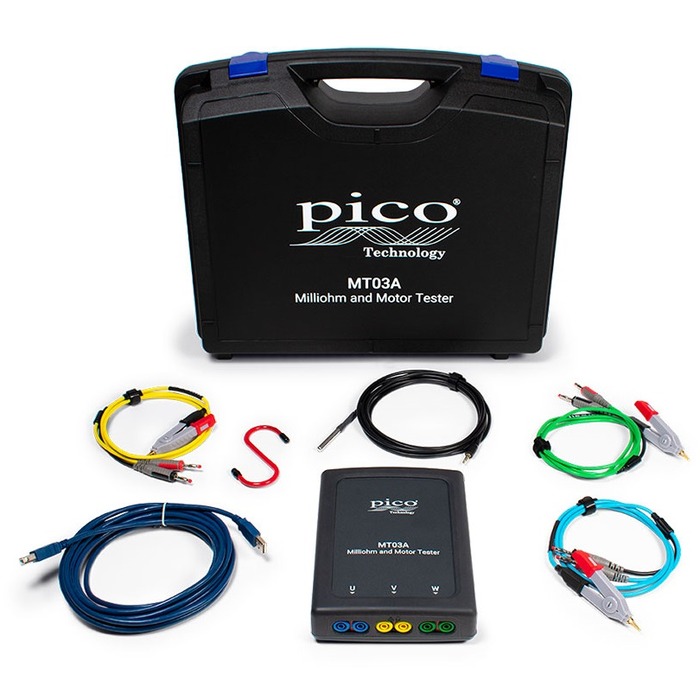
Improving manufacturing inspection leveraging Picanet network as vuzix well as CAN XL technology
The escalating complication of modern automated manufacturing networks requires robust observation and diagnostic tools. Utilizing Picanet, a pioneering communication protocol tailored specially for mechanical scenarios, joined with the boosted capabilities of CAN XL, provides a forceful solution for on-demand machinery surveillance. CAN XL's lengthened data channels and range facilitate seamless integration with Picanet networks, securing efficient exchange of fundamental operational data. This article studies the benefits of adopting Picanet surveillance with CAN XL in industrial automation applications, pointing out its contribution on system reliability.
- As well, this method assists predictive maintenance by granting valuable comprehension into system health and upcoming issues preceding they worsen.
- The scalability of Picanet, in concert with CAN XL's extended capabilities, produces it an perfect solution for a wide spectrum of industrial automation situations.
Applying Vuzix Smart Glasses for Remote Observation
Vuzix smart glasses are speedily evolving a flexible tool in the market of remote surveillance. These novel devices authorize personnel to view real-time video from several locations, granting a hands-free and captivating perspective. With their lightweight design and accessible dashboard, Vuzix smart glasses boost effective remote monitoring procedures.
- In addition, Vuzix smart glasses can be integrated with existing surveillance systems, supporting for a fluid workflow.
- This connection amplifies situational awareness by equipping personnel with a all-encompassing understanding of the examined environment.
The all-round capability of Vuzix smart glasses fits them well for a extensive series of functions, including security patrols, equipment examinations, and emergency response. As progress continues to improve, we can look forward to even more innovative uses for Vuzix smart glasses in the domain of remote surveillance.
Designing and Implementing CAN-Based Relay Control Systems
This document surveys the design and operation of a tough CAN-based relay control system. Applying the traits of the Controller Area Network (CAN), this system allows synchronous communication between a master controller and distributed relay modules. The scheme incorporates state-of-the-art protocols to ensure precise control of the relays, maximizing system performance. As well, this apparatus illustrates the virtues of CAN technology in electromechanical applications, where reliable control is paramount.
- That system encloses a central controller, relay modules, and a CAN bus.
- CAN offers a combined communication channel for the controller to command relay states.
- Such software suite is engineered to process interaction between the controller and relay modules.
Implementation of this system demands mechanical design, software development, and architecture integration. Rigorous testing is carried out to confirm the functionality and consistency of the system under assorted operating circumstances.
Observing Relay Conditions Instantly using PCAN Interfaces
Applying PCAN interfaces supplies a solid solution for live monitoring of relay status within production systems and control systems. These high-speed communication interfaces allow seamless data transfer between PLCs, microcontrollers, and host computers, allowing constant observation of relay activation states. The ability to inspect relay behavior in real time yields invaluable insights into system performance, empowering fast response to potential issues or malfunctions.
- PCAN interfaces present a reliable platform for real-time data acquisition from relays.
- Real-time monitoring of relay status promotes efficient troubleshooting and maintenance.
- What's more, PCAN interfaces facilitate high data transfer rates, maintaining accurate and timely relay status updates.
Enhanced Visualization of CAN Bus Data Via Vuzix XR
Unleashing the potential of real-time automotive diagnostics and analysis has become progressively crucial in today's connected world. Vuzix XR smart glasses grant an innovative platform for visualizing detailed CAN bus data, providing engineers and technicians a hands-free, immersive perspective into vehicle systems. Through advanced exhibition techniques, critical parameters such as speed, temperature, and fuel levels are presented in a clear and concise manner, overlaid onto the user's visual field. This groundbreaking procedure supports technicians to effectively identify anomalies, diagnose issues swiftly, and ultimately streamline maintenance procedures.
- The combination of Vuzix XR's augmented reality capabilities with comprehensive CAN bus data connectivity grants a transformative solution for the automotive industry.
- By leveraging up-to-the-minute data streams, engineers can monitor vehicle performance in fine detail, gaining valuable understanding that drives innovation and efficiency.
- The hands-free nature of Vuzix XR allows technicians to seamlessly work on vehicles while simultaneously accessing critical information, facilitating productivity and safety.
Remote Relay Access and Control via CAN XL
CAN XL's extended data frame length delivers a potent platform for extended accessing and controlling relays. This article explores the deployment of utilizing CAN XL for relay management, emphasizing its advantages. By making use of its CAN XL functions, users can easily monitor and operate relay states from a centralized location. This approach delivers augmented system resilience and diminishes the need for physical access with relays.
- Furthermore, CAN XL's inherent sturdiness ensures secure communication even in demanding environments.
- Hence, sectors such as factory operations can make use of CAN XL to build more efficient and self-governing systems.
Machine Learning-Driven Relay Maintenance with CAN XL
In the rapidly evolving automated world of industrial operations, securing the reliability and uptime of paramount equipment is paramount. Relay systems, critical components in many automation structures, are prone to wear and tear over time, perchance leading to failures and costly downtime. To control these risks, applying predictive maintenance strategies has become essential. CAN XL, a high-speed, robust communication protocol, affords a suitable platform for gathering real-time data from relay systems. By applying the capabilities of Machine Learning algorithms, this data can be assessed to identify patterns and estimate potential failures before they happen.
- Machine Learning models can be trained on historical data from relay systems to develop markers for normal operation.
- Real-time data collected via CAN XL can then be compared against these baselines, permitting the detection of deviations that may indicate impending failures.
- By processing this information, predictive maintenance systems can issue alerts to technicians, supporting timely intervention and avoiding costly downtime.
Intelligent City Infrastructure Observation Leveraging Picanet and CAN XL
Modern intelligent municipalities are rapidly reliant on robust and proficient infrastructure monitoring systems. To satisfy this growing need, innovative technologies like Picanet and CAN XL are materializing as leading solutions. Picanet's distributed architecture enables seamless data flow across a wide range, while CAN XL offers greater bandwidth and longer signal reach. By uniting these technologies, cities can achieve real-time inspection of critical infrastructure assets such as traffic flow, energy grids, and environmental sensors. This integrated approach raises smarter decision-making, optimizes functional effectiveness, and ultimately raises the standard of living of urban residents.
Using Vuzix AR Headsets for Relay Inspection
Vuzix's modern augmented reality (AR) systems supply a disruptive approach to industrial relay inspections. By overlaying synthetic graphics onto the concrete world, technicians can precisely assess relay sections for wear and tear, pinpointing potential problems. This non-invasive inspection method strengthens technician capacity, curtailing downtime and enhancing overall safety on the job site.
- Also, Vuzix AR tools permit real-time communication between technicians and masters, promoting faster debugging.
- As a result, Vuzix AR accelerates the relay inspection process, creating a more reliable and financially beneficial approach.
Optimizing Relay Functionality through Live CAN Data Evaluation
Accomplishing optimal relay performance within sophisticated systems often counts on comprehensive monitoring of real-time data. Controller Area Network (CAN) provides a secure platform for amassing this critical information, allowing in-depth insights into relay behavior and system functionality. By capitalizing on real-time CAN data analysis, engineers can spot potential issues, boost relay settings for optimal operation, and ultimately advance the overall reliability and performance of the system.
- Real-time CAN data analysis provides a valuable tool for identifying anomalies in relay behavior.
- Incorporating real-time monitoring systems can significantly increase system assessment.
- By analyzing CAN data, engineers can gauge relay performance metrics such as activation lag.
Reliable Security Mechanisms in Relay Communication
Relay control networks require secure communication protocols to preserve the integrity and confidentiality of transmitted data. These protocols permit reliable information transfer between relay nodes and central controllers, blocking unauthorized access, modification, and eavesdropping. Integrating robust protocols such as IPSec is essential for maintaining the security and reliability of these networks. This upholds efficient and safe operation in critical applications reaching industrial automation to smart grids.
